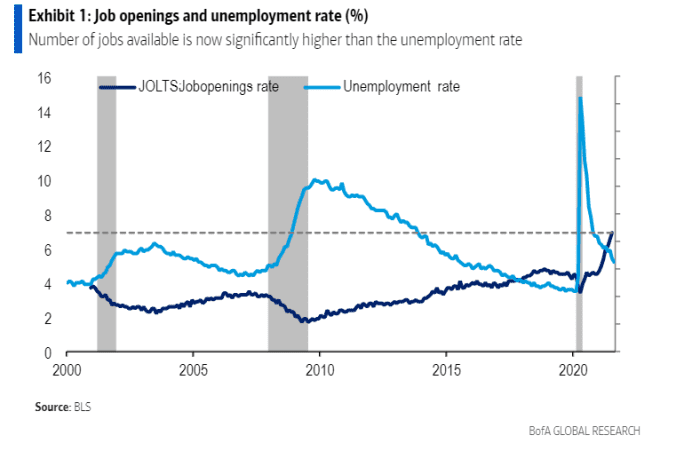When the Fed finally steps back, can the U.S. stock and bond markets
Financial markets have staged a dramatic turnaround in the roughly 18 months since global central banks sent in the cavalry, with U.S. stocks climbing to dizzying heights and corporations raking in record profit.
The big question heading into this fall is whether markets can stand on their own legs once the Federal Reserve starts to pull back its pandemic firepower.
For its part, the European Central Bank this week announced plans to recall some of its pandemic monetary support for financial markets, raising expectations for the Fed to soon follow in its footsteps.
While ECB President Christine Lagarde said the pullback didn’t amount to a “tapering,” but was instead a mere recalibration of stimulus efforts, the decision was still viewed as a significant step.
Read: ‘The lady isn’t tapering,’ says Lagarde as ECB slows asset purchases
When the pandemic struck the global economy in 2020 central banks embarked on large-scale asset purchases and vowed to keep interest rates near historically low levels to help heal their economies and keep credit flowing during the COVID crisis.
“The ECB has throwing down the gauntlet,” said Phil Orlando, chief equity market strategist at Federated Hermes, in a phone interview. “We are expecting a Fed taper announcement this year.”
“To narrow it down, we are suggesting it is going to come on Nov. 3, which is the conclusion of the Fed’s two-day November meeting.”
He also expects a quick tapering process that ends by June of 2022, followed by a 75 basis point increase in the Fed’s benchmark interest rate by the end of 2023, up from the current 0% to 0.25% range.
Vaccines, jobs, free markets
Fed Chairman Powell often has tied the pace of the U.S. economic recovery, and levels of central bank support, to the coronavirus, vaccinations and labor market conditions.
As a result Federated Hermes’ Orlando expects no decision on tapering the Fed’s $120 billion in monthly asset purchases at the central bank’s Sept. 21-22 policy meeting. “The reason for that is that the August jobs report was terrible. It missed by a half million jobs relative to consensus,” he said.
Labor market conditions are expected to improve in the next few months, given the expiration of the extra $300 a week in unemployment benefits and record job openings.
BofA Global summed up “perhaps the most underappreciated statistic in the jobs market” in this Friday chart, showing how job openings now outpace people seeing work.

Job openings outpace seekers
BofA Global, BLS
“The Fed is pointing to the labor market…
Read More: When the Fed finally steps back, can the U.S. stock and bond markets
